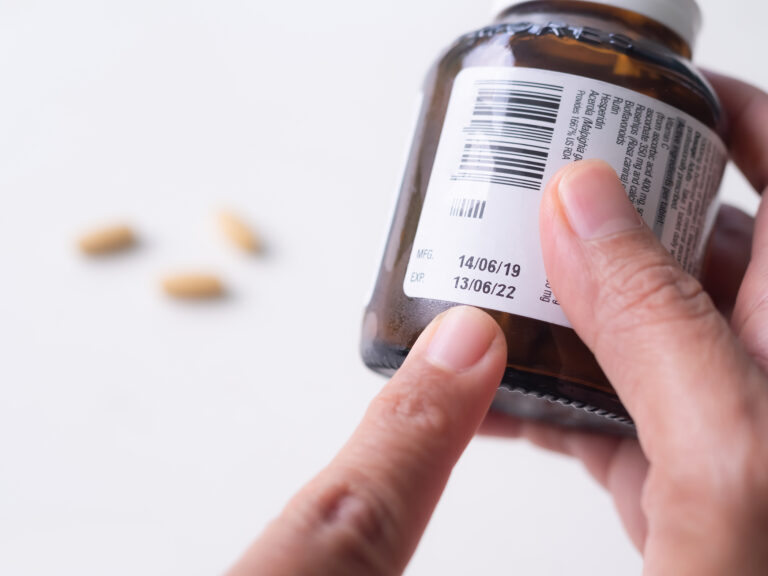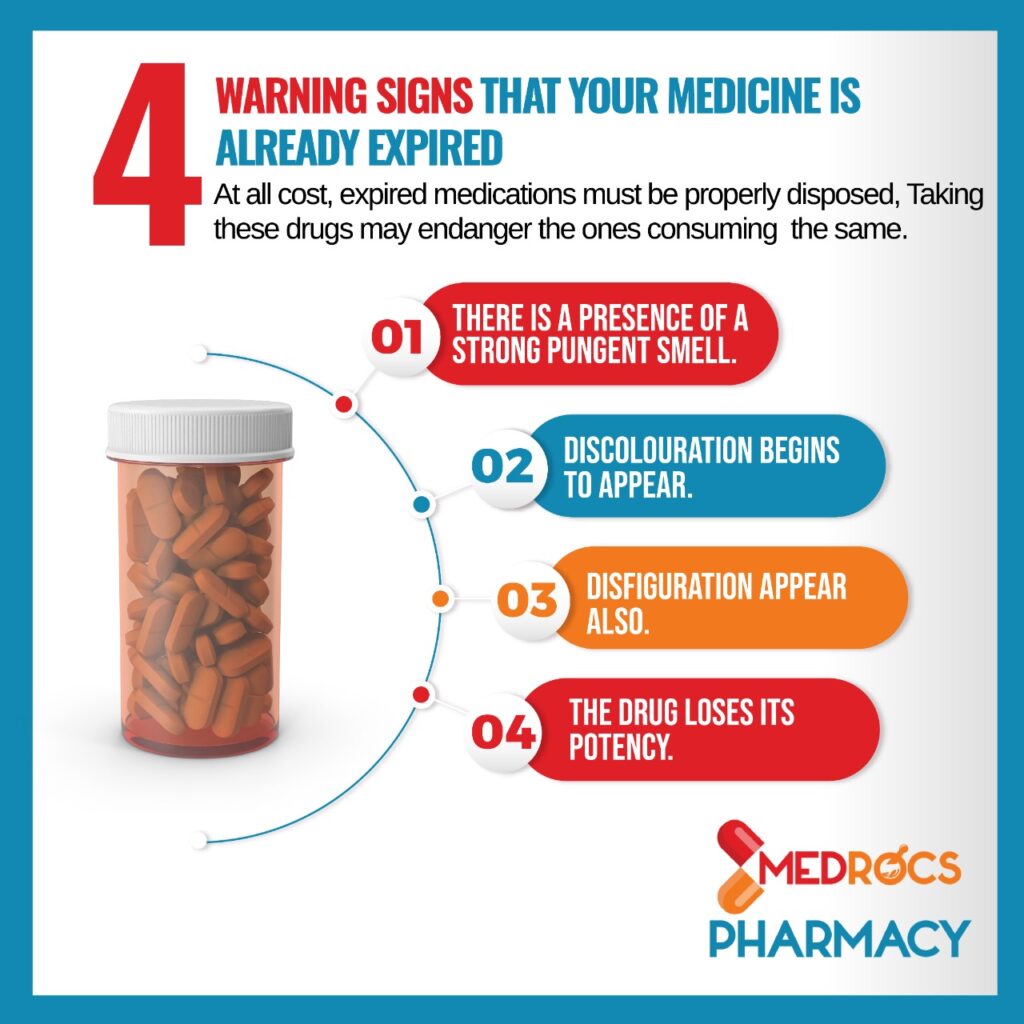Expired Medicine?
Safe Medication Disposal
Is your medicine cabinet full of expired drugs or medications you no longer use? Your medicine is for you. What’s safe for you might be harmful for someone else. The best way to dispose of your expired, unwanted, or unused medicines is through a drug take back program or you can do it at home.

What Does the Expiration Date Mean?
Every medication has an expiration date printed on the prescription label or directly on the bottle or packaging. This date marks the manufacturer’s guarantee of full potency and safety. After this date:
- The medication may lose effectiveness
- Chemical changes could make it unsafe
- It may not treat your condition as intended
Where to Find the Expiration Date:
- Prescription Medications: Look for the “EXP” date on the pharmacy label—usually near the bottom or side.
- Over-the-Counter Products: Check the bottle, box, or blister pack for a stamped expiration date.
Signs Your Medication May Be Bad (Even Before It Expires):
- Change in Color or Texture: Pills that crumble, stick together, or change color may be compromised.
- Unusual Smell: A sour, musty, or chemical odor is a red flag.
- Cloudy or Separated Liquids: Suspensions or solutions should be uniform—if they separate or look cloudy, toss them.
- Damaged Packaging: If the seal is broken or the container is cracked, moisture or air may have affected the product.

When in Doubt, Throw It Out—Safely.
If you’re unsure whether a medication is still good, don’t risk it. Follow our home disposal guide for safe disposal.
Proper Medication Disposal
Why Proper Medication Disposal is Important
Expired or unused medications can be dangerous if left at home. They may:
- Be accidentally ingested by children or pets
- Be misused or abused
- Harm the environment if flushed or trashed improperly
Medication Disposal Options
Top Ways to Dispose of Medications Safely
- Pharmacy Take-Back Programs:
Bring unused medications to local take-back locations. These programs ensure safe, eco-friendly disposal. Find a takeback event near you here. - Secure Drop-Off Bins:
Many pharmacies offer year-round disposal kiosks. - Mail-Back Envelopes:
Some health plans and pharmacies provide prepaid envelopes for safe disposal. Home Disposal (If No Other Option):
- Mix medications (do not crush) with coffee grounds or cat litter.
- Seal in a plastic bag and place in the trash.
- Remove personal info from prescription labels before discarding bottles.
Drug Disposal Locator
Find a Take-Back Event Near You
Sharps Disposal
Safe Sharps Disposal Options
Disposing of unused or expired medications is only part of keeping our homes and communities safe. Many patients also use injectable therapies, which means dealing with needles, syringes, and other sharps. Just like medicines, sharps require careful handling to prevent injuries, protect sanitation workers, and safeguard the environment.
Home Disposal:
- Use a puncture-proof, non-clear dark plastic container, like a laundry detergent bottle.
- Seal lid with tape.
- Mark clearly on the container “Do Not Recycle”
- Place in a dark plastic trash bag and place in trash bin.

Avoid These Common Mistakes:
- Don’t flush medications or sharps down the toilet
- Don’t share unused prescriptions with others


